A 500W electric bike is a bicycle equipped with a 500-watt electric motor, providing additional power assistance for easier and faster riding. This motor can be activated to assist in pedalling or propelling the bike independently, making commuting and cycling more efficient.
The speed of a 500W electric bike? Buckle up for an electrifying ride! With a 500W motor at its core, these e-bikes effortlessly cruise at speeds of up to 20 to 28 miles per hour, giving you a zippy and eco-friendly way to navigate your daily adventures.
A 500W electric bike typically reaches speeds between 20 to 28 miles per hour (32 to 45 kilometres per hour), depending on factors such as the rider’s weight, terrain, and bike design. The motor’s power directly influences the bike’s speed, and the 500W rating indicates a moderate level of assistance for smoother rides and enhanced uphill performance.
500W Electric Bike Speed
A 500W electric bike offers a thrilling and efficient ride with its powerful motor. The “500W” refers to the bike’s motor power, measured in watts. This level of power provides a zippy and enjoyable experience, allowing riders to effortlessly cruise through various terrains.
Whether you’re commuting to work or exploring the outdoors, the 500W electric bike enables you to reach higher speeds with ease, making your journey both swift and enjoyable. The electric assistance takes the strain off pedalling, making it a great choice for riders of different fitness levels.
Deciphering The Impact Of Motor Power On Speed
Understand Motor Power: Begin by grasping the concept of motor power, measured in watts (W). Motor power determines the energy the electric bike’s motor can deliver, influencing its overall performance, including speed.
Review Specifications: Check the specifications of the electric bike you’re interested in. Look for the motor power rating, usually expressed in watts, and pay attention to how it might affect the bike’s speed capabilities.
Consider Terrain and Use: Recognize that motor power impact can vary based on factors like terrain and usage. Higher motor power generally contributes to better performance on hills and rough surfaces, enhancing overall speed and efficiency.
Compare Motor Powers: When deciding on an electric bike, compare the motor powers of different models. A higher wattage typically correlates with increased speed potential, but it’s essential to balance this with your specific riding needs and preferences.
Test Ride and Evaluate: Before making a final decision, if possible, test ride electric bikes with different motor powers. Evaluate how each bike handles and accelerates, considering your intended usage. This hands-on experience will provide valuable insights into how motor power translates to speed in real-world scenarios.
Factors Influencing 500w Electric Bike Speed
Motor Power (Watts): The primary factor influencing the speed of a 500W electric bike is its motor power, measured in watts. A higher wattage generally means more power, allowing the bike to achieve faster speeds.
Battery Capacity: The bike’s speed is also influenced by the battery capacity. A larger battery can store more energy, providing a longer-lasting and consistent power supply to the motor, which contributes to maintaining higher speeds.
Terrain and Gradient: The type of terrain you’re riding on matters. Flat surfaces enable the bike to reach and maintain higher speeds, while uphill or uneven terrain may slow it down. The motor must work harder in challenging conditions, affecting overall speed.
Weight of the Rider and Cargo: The combined weight of the rider and any cargo carried on the electric bike affects its speed. Heavier loads require more power from the motor, potentially reducing the bike’s overall speed and efficiency.
Aerodynamics and Riding Style: Factors like wind resistance and your riding position play a role in speed. A more streamlined design and an aerodynamic riding posture can help the bike cut through the air more efficiently, enhancing overall speed.
Average Speed Of A 500w Electric Bike
The average speed of a 500-watt electric bike typically ranges from 20 to 28 miles per hour (32 to 45 kilometres per hour). These bikes are equipped with a motor that has a power output of 500 watts, assisting the rider as they pedal. The speed can vary based on factors such as terrain, rider weight, and the level of assistance chosen.
Electric bikes with a 500-watt motor are popular for their ability to offer a smooth and efficient ride, making it easier for cyclists to cover distances with less effort. It’s important to note that local regulations may govern the maximum speed allowed for electric bikes in certain areas, so riders should be aware of and adhere to any relevant guidelines.
Analyzing Speed Data Across Different Riding Conditions
Analyzing speed data across various riding conditions involves examining how a bicycle or any other mode of transportation performs under different circumstances. By collecting and studying speed data, we can gain insights into how factors such as terrain, weather, and road conditions impact travel speed.
For example, a bike may move faster on a smooth, flat road compared to a bumpy or uphill path. Researchers and enthusiasts use specialized devices or apps to record speed metrics during rides, allowing them to assess performance and make informed decisions about equipment, routes, and training.
Motor Efficiency And Electric Bike Speed
| Riding Conditions | Motor Efficiency (%) | Electric Bike Speed (mph/kph) |
| Smooth, Flat Terrain | High | Increased |
| Uphill | Moderate to High | Moderate to Decreased |
| Downhill | High | Increased |
| Windy Conditions | Moderate to High | Moderately Affected |
| Varied Terrain (Mixed) | Moderate | Varied |
| Consistent Pedaling | High | Improved |
| Frequent Stops and Starts | Moderate | Varied |
Examining Innovations In Electric Bike Motors And Their Effect On Speed
Electric bike motors have undergone significant innovations, transforming the cycling experience. These advancements have notably impacted speed and overall performance. Traditional electric bike motors were known for their reliability, but recent innovations have introduced more powerful and efficient options.
High-torque motors enable quicker acceleration, while improved battery technology ensures longer rides at higher speeds. The integration of smart control systems enhances the overall efficiency and responsiveness of electric bikes.
Safety Equipment for E-Bikes
Yes, there are some common regulations regarding safety equipment for e-bikes:
- Helmet – Many areas require e-bike riders to wear a properly fitted and fastened helmet for head protection, similar to bicycle helmet laws.
- Lights – White headlights and red rear lights or reflectors are often mandated after dark or in low visibility. Light requirements may differ from regular bicycles.
- Mirrors – Some jurisdictions stipulate e-bikes must have at least one mirror to allow riders to see behind them, increasing situational awareness.
- Reflectors – pedal, front, and rear reflectors may be legally required on e-bikes to increase visibility, especially at night. Colors and placement are typically regulated.
- Bell – Many local laws require an audible signaling device like a bell to safely alert pedestrians, other cyclists of the e-bike’s approach and position on shared paths.
- Brakes – E-bikes must be equipped with functioning front and rear brakes that allow the rider to safely control speed and stopping power.
Legal Limits On Electric Bike Speed
Legal limits on electric bike speed vary by jurisdiction, but they are generally designed to ensure safety on the road. In many places, electric bikes, also known as e-bikes, are limited to a maximum speed of 20 to 28 miles per hour (32 to 45 kilometres per hour) when using the motor.
This speed limit is in place to distinguish e-bikes from faster motorised vehicles and to promote a harmonious coexistence with traditional bicycles on bike paths and roads. Adhering to these legal speed limits helps create a safer environment for riders, pedestrians, and other road users.
Tips For Optimizing Speed On A 500w Electric Bike
Check Tire Pressure: Ensure your electric bike’s tires are properly inflated. Maintaining the recommended tire pressure reduces rolling resistance, allowing your 500W electric bike to move more efficiently and reach higher speeds.
Keep the Bike Well-Maintained: Regularly inspect and maintain your electric bike, including the chain, gears, and brakes. A well-maintained bike experiences less friction, enabling smoother and faster rides.
Optimize Riding Position: Position yourself aerodynamically while riding by slightly leaning forward and keeping a streamlined posture. This reduces wind resistance, helping your 500W electric bike to reach and maintain higher speeds with less effort.
Use Pedal Assist Wisely: Take advantage of the pedal-assist feature on your electric bike. Combining pedal power with the electric motor can enhance your overall speed. Experiment with different assist levels to find the right balance for your desired speed.
Mind Battery Health: Ensure your electric bike’s battery is in good condition. A healthy battery provides optimal power to the motor, supporting consistent and efficient speed. Charge the battery regularly and follow manufacturer guidelines for battery care to maximize performance.
Frequently Asked Questions
Are there legal limits on the speed of a 500W electric bike?
Yes, legal limits on electric bike speed vary by jurisdiction, but many places have a maximum speed limit for electric bikes when using the motor. It’s important to be aware of and comply with local regulations.
Can I pedal without using the electric motor on a 500W electric bike?
Absolutely! Most 500W electric bikes allow riders to pedal without using the motor. Pedalling without assistance is a great option for exercise or when the battery is running low.
How does rider weight impact the speed of a 500W electric bike?
Rider weight can influence the speed and range of a 500W electric bike. Generally, lighter riders may experience slightly higher speeds and longer battery life compared to heavier riders.
Conclusion
The speed of a 500W electric bike can vary but generally falls within the range of 20 to 28 miles per hour (32 to 45 kilometres per hour) when using the motor. The actual speed depends on factors such as rider weight, terrain, and the specific design of the electric bike.
To optimize speed, it’s crucial to follow maintenance practices, keep the tires properly inflated, and use pedal assist wisely. Riding in an aerodynamic position and maintaining a healthy battery also contribute to achieving the desired speeds.

I’m passionate electric scooter enthusiast and the voice behind this blog. I’m here to share my expertise and insights with you. From in-depth reviews to problem-solving guides, my goal is to help you make the most of your electric scooter experience.

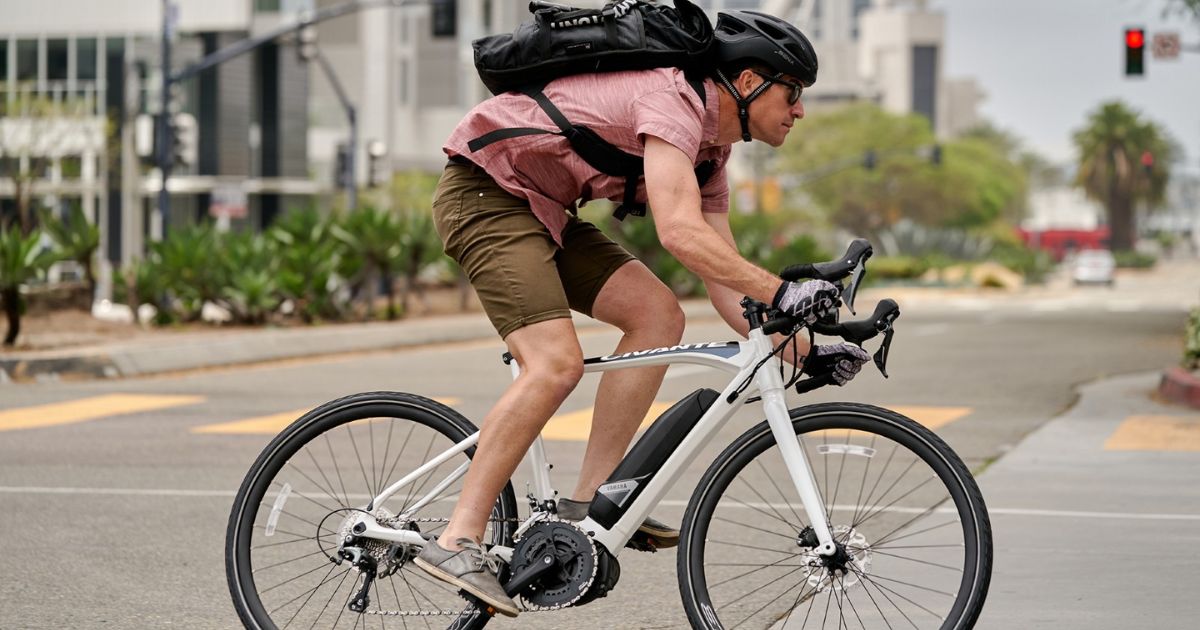
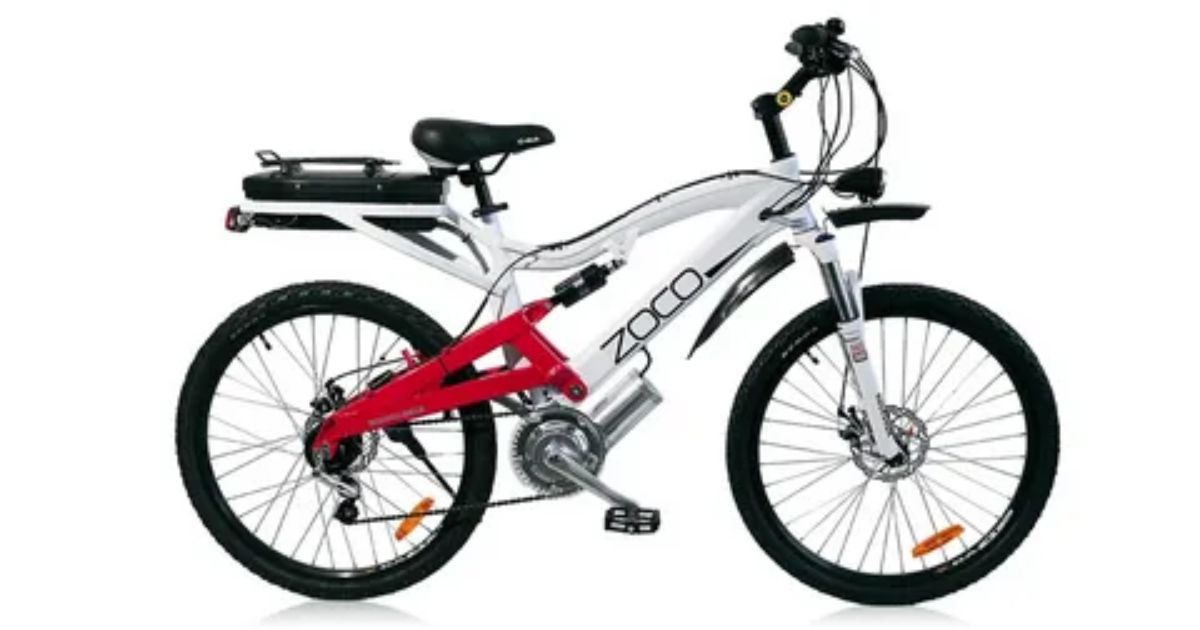
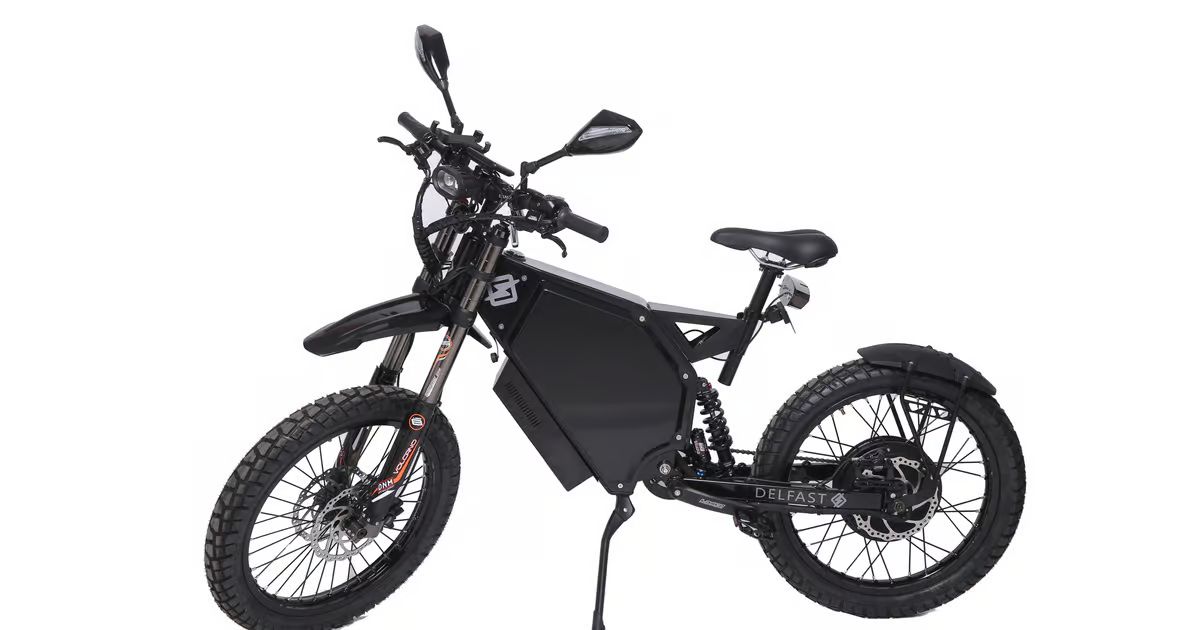
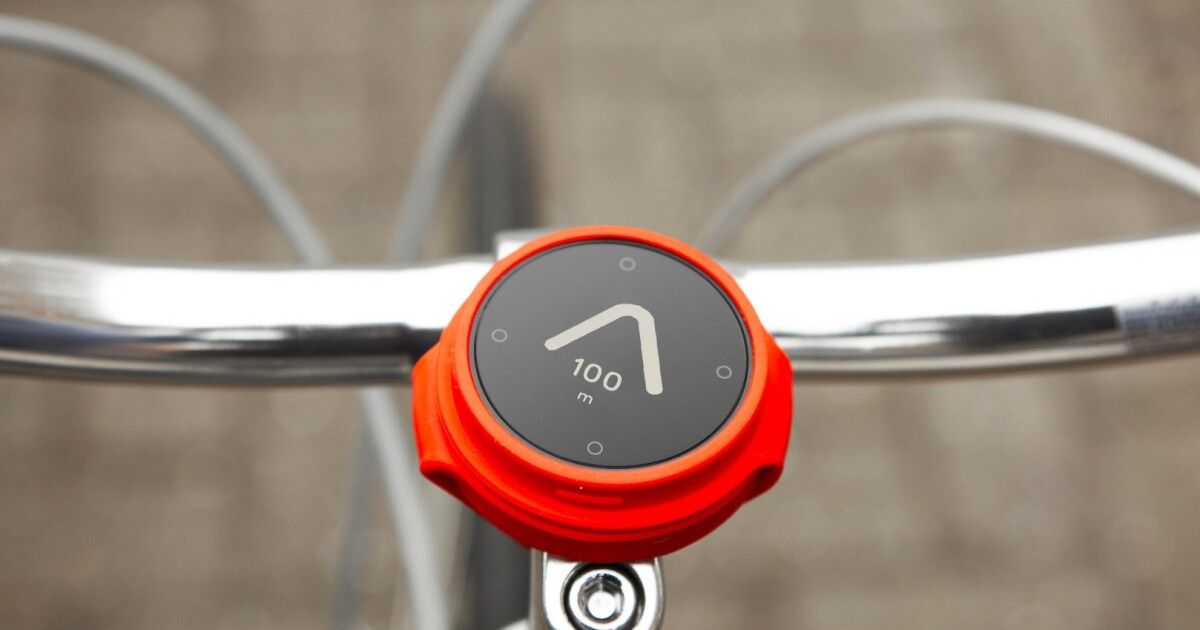
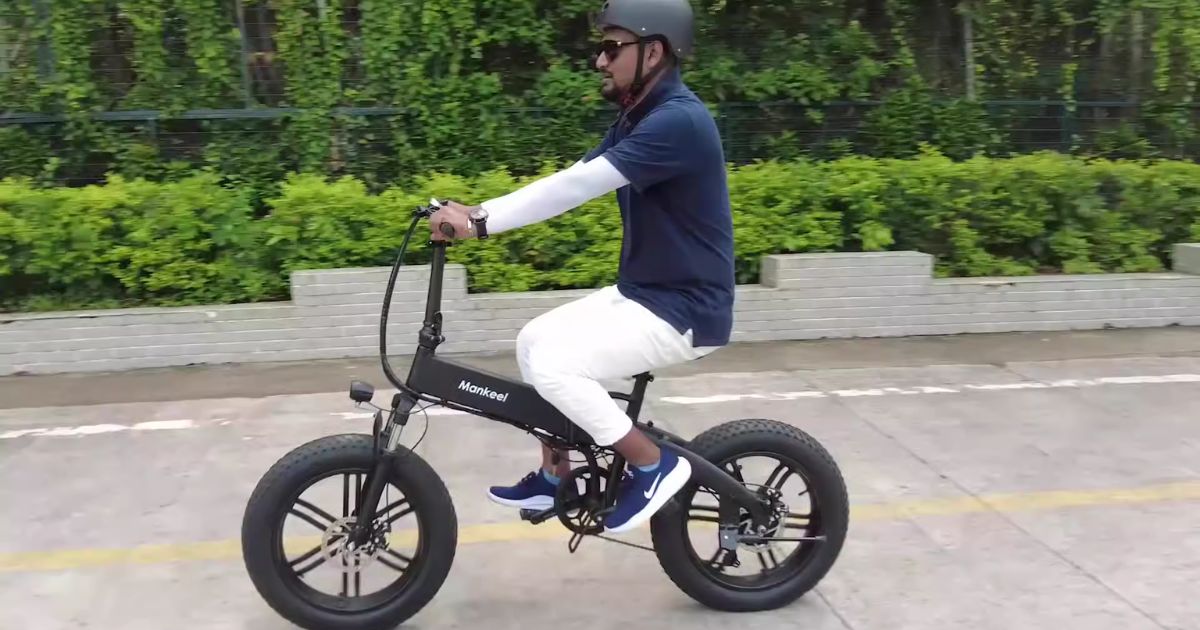
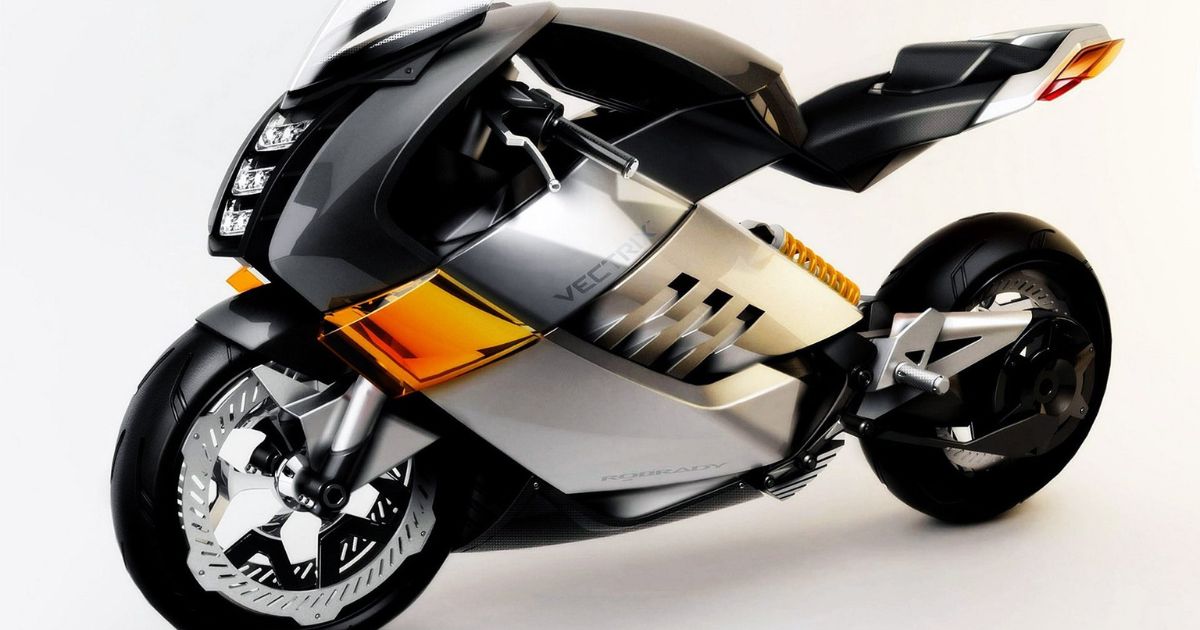
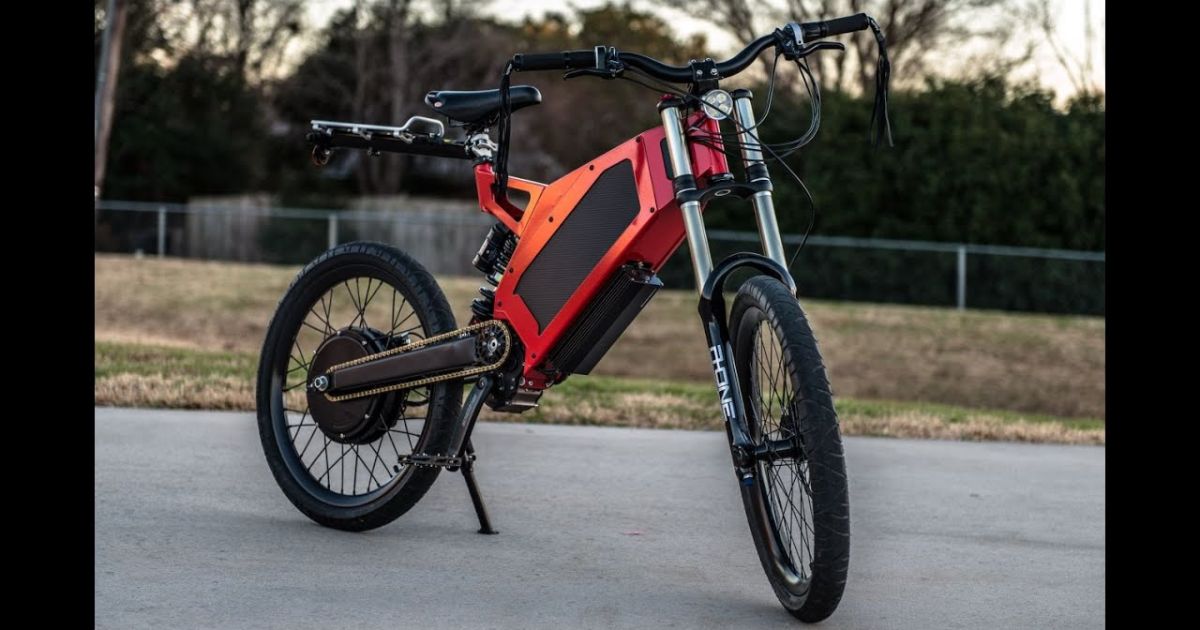
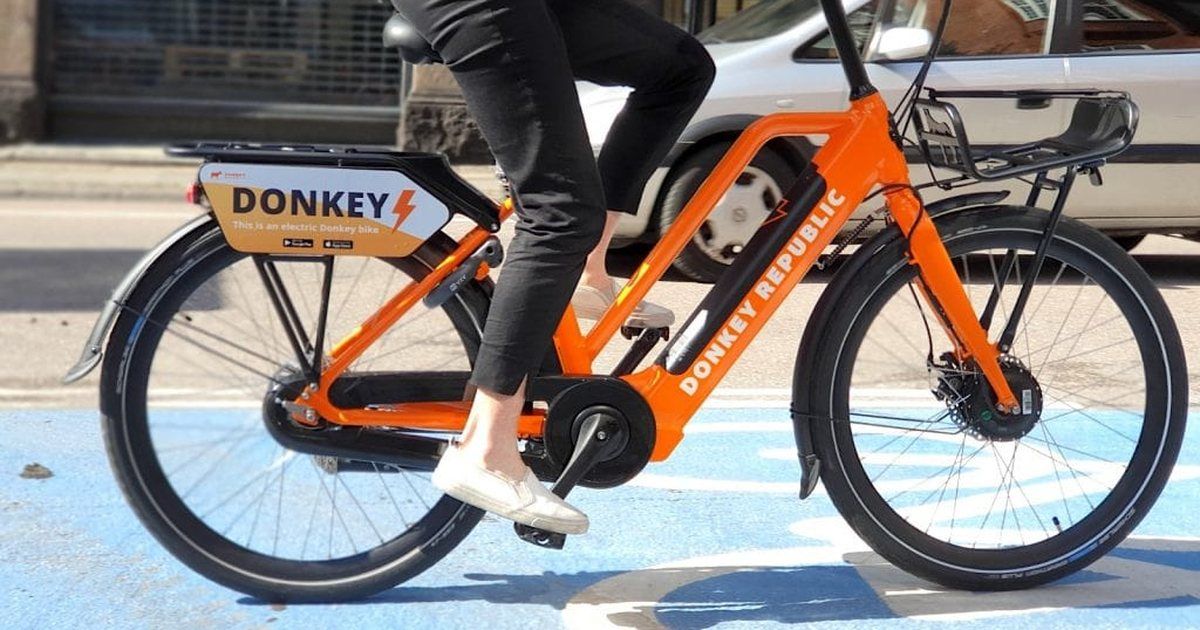


![Gomyfinance.com Invest: I Made $5,000 in My First Month [Real Results 2025]](https://electopolo.com/wp-content/uploads/2025/05/Gomyfinance.com-Invest-I-Made-5000-in-My-First-Month-Real-Results-2025-150x150.jpg)


